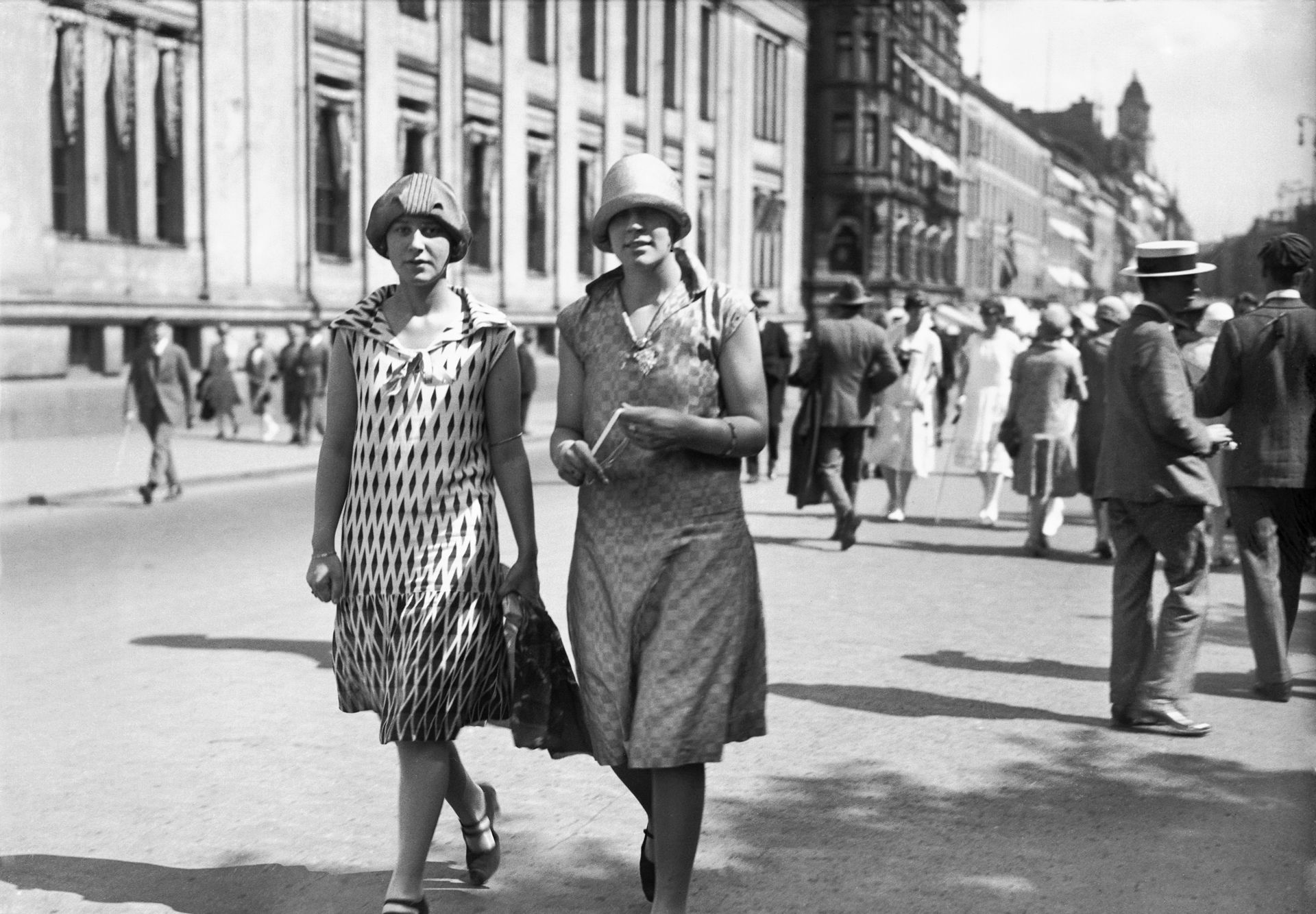
In August 1624, large parts of the old city of Oslo were reduced to ashes. Get to know the new city that emerged.

Who lives in Oslo today? How did they end up here? Where do they feel at home? And what can they tell us about the city and their lives?
Museum of Oslo, Halvdan Svartes gate 58
27 September 2024–spring 2024
In "400 Stories from Oslo," Memoar invites us to meet some of the people who make Oslo what it is. Through film, photos, and audience participation, we explore who lives in the city today, how they ended up here, and what they themselves want to share about the city and their lives.
It’s all about contemporary history – for what do you really know about your neighbour, your colleague, or your neighborhood? What do you know about where people come from, what they do in Oslo, or what they dream of for the city in the future? In the exhibition, you’ll meet old and young residents, immigrants, and 3rd generation residents who all want to tell you a little about their wishes, dreams, and plans for their lives and their city.
The exhibition is based on the project OSLOOVE, where 400 Oslo residents will be interviewed throughout 2024. In this exhibition, you’ll meet some of them, and at the same time, it raises questions about who gets to tell their story and which stories are preserved.
In connection with the exhibition, a panel discussion, a joint listening session, and a performance by young artists from Haugerud Art Club will also be organised.
The exhibition is a collaboration between Memoar and Oslo Museum and is part of the city anniversary Oslo 2024.
OSLOOVE is an oral history project by Memoar, celebrating the city’s anniversary through the collection of 400 interviews with and by people living in Oslo today. Over the course of a year, Memoar has trained around 90 people, who have since interviewed individuals they believe should be part of the city’s official history. They might have something particularly interesting to tell or a perspective on the city worth preserving. The interviews cover many different topics – from war, love, immigration, and cultural differences to upbringing and bird songs. They all have one thing in common – they are important parts of our history.
By sharing excerpts of these conversations online, the project's goal is to contribute to a larger societal conversation about where we have been, who we are now, and where we want to go in the future.
All interviews are delivered to Oslo byarkiv for preservation for the future, so that journalists, researchers, genealogists, or family members can find sources from the present in the future.





Address: Halvdan Svartes gate 58, 0266 Oslo
Take tram 12 or bus 20 to Frogner plass, or all subway lines to Majorstuen
Tuesday and Wednesday: 11am–4pm
Thursday: 11am–6pm
Friday, Saturday and Sunday: 11am–4pm
Adults: NOK 120,-
Students: NOK 60,-
Children and youth (under 26): Free admission
Free admission for everyone on the first Thursday of the month.
Tickets include entrance to the Museum of Oslo and the Theatre Museum.

In August 1624, large parts of the old city of Oslo were reduced to ashes. Get to know the new city that emerged.

Who are we, the people who make up Oslo today? Meet some of the many people who have chosen to share parts of their lives.

Life in Oslo in the 1920s: technological innovation, jazz, dance, and women’s liberation – but also social inequality, poor housing conditions, and political strife.